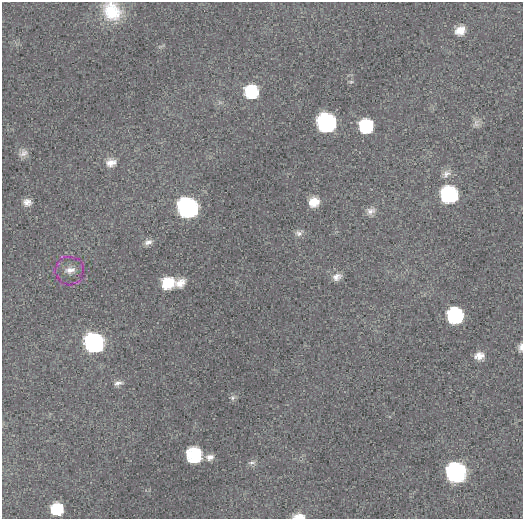This article is more than 1 year old
'Nanodiamond' asteroid tracked from space to desert impact
Rare meteor from mystery ureilite mother-planetoid
An international alliance of astronomers are exceedingly chuffed to announce the first occasion of an asteroid being tracked from space, through impact with the Earth's atmosphere and thence to recovery of fragments on the ground.
"Any number of meteorites have been observed as fireballs and smoking meteor trails as they come through the atmosphere," says Douglas Rumble of the Carnegie Institution's Geophysical Laboratory. "It's been happening for years. But to actually see this object before it gets to the Earth's atmosphere and then to follow it in – that's the unique thing."

Watch the skies, robot.
The space object in question, catchily named 2008 TC3, was first picked up last October by automated sky-watching telescopes belonging to the Catalina Sky Survey near Tucson in Arizona. Observatories and amateur astronomers worldwide then tracked the 80-tonne asteroid until it passed into the Earth's shadow just hours later, refining information on its trajectory. Shortly thereafter, 2008 TC3 ploughed into the atmosphere above northern Africa and exploded, scattering bits of itself all over Sudan's Nubian Desert.
British boffins at the UK government's William Herschel Telescope in the Canary Islands, alerted to the inbound asteroid, managed to get spectroscope readings on it - offering valuable clues as to 2008 TC3's composition.
"These observations were technically quite difficult since the object was moving fast across the sky," according to Dr Gavin Ramsay from Armagh Observatory. "However, the William Hershel Telescope rose to the challenge magnificently and demonstrated just what a versatile telescope it is. There was a keen sense of excitement in the control room."
After the "car sized" space lump blew up, boffins calculated the impact point for any remaining astro-shrapnel. Dr Peter Jenniskens of the SETI institute in California teamed up with Dr Muawia Shaddad and 45 students and staff from the University of Khartoum to mount a desert search for surviving fragments. Some 47 meteorites were found during expeditions which began last December.
